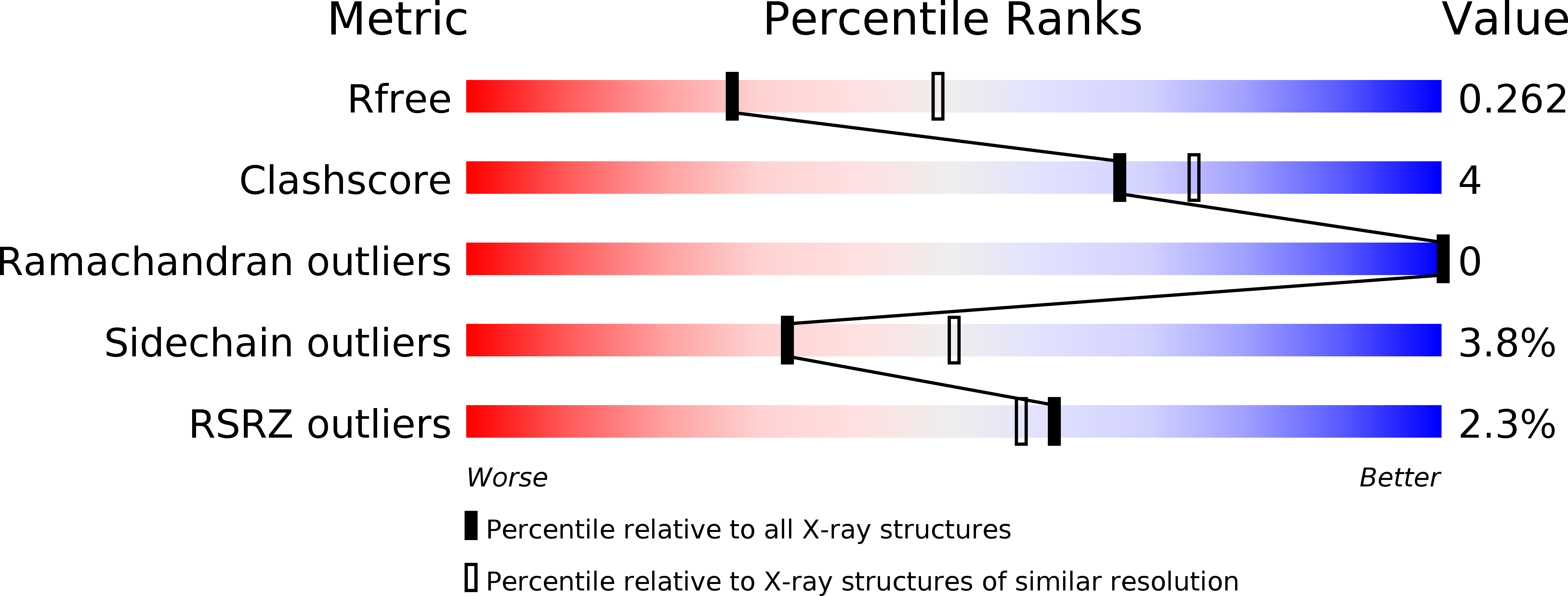
Deposition Date
2015-05-07
Release Date
2016-05-04
Last Version Date
2024-05-08
Entry Detail
PDB ID:
4ZP3
Keywords:
Title:
AKAP18:PKA-RIIalpha structure reveals crucial anchor points for recognition of regulatory subunits of PKA
Biological Source:
Source Organism:
Homo sapiens (Taxon ID: 9606)
Host Organism:
Method Details:
Experimental Method:
Resolution:
2.63 Å
R-Value Free:
0.26
R-Value Work:
0.22
R-Value Observed:
0.22
Space Group:
P 1 21 1


